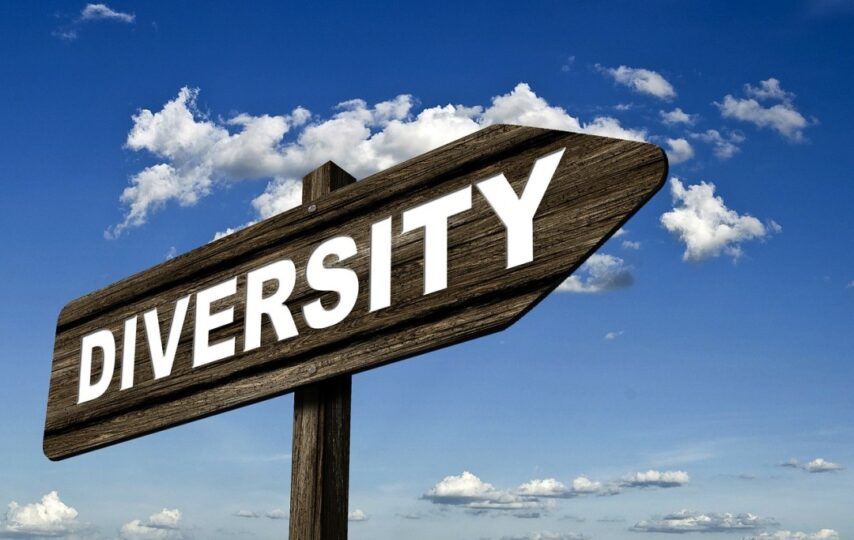When it comes to the modern workplace, one topic often discussed is diversity, equity, and inclusion (DE&I or DEI). It is the right thing to do not just for the workforce but for the overall business and its prospects.
What makes DEI important?
Given the direct impact of DEI on employees, the most important resource of organizations, the talent strategy must pay due attention to DEI. It is necessary to show employees they are valued and there is faith in their abilities. To this end, HR professionals need to celebrate differences and include all workforce members in the policy ambit.
A workplace ranking highly on DEI is one with a rich culture, which in turn facilitates excellent innovation and productivity. The consequent growth in reputation attracts top talent to the organization, as they know they will feel valued and welcomed. And organizations are getting convinced – 55 percent of people confirm their organizations have policies promoting diversity and inclusion.
How do diversity, equity, and inclusion differ from each other?
The DEI acronym is a common part of talent strategy these days. Here is what each of its parts means:
- Diversity: More than one identity i.e. a mix of people of different ages, ethnicities, genders, nationalities, professions, religions, or other
- Equity: Equal access to all members in terms of opportunities and resources by eliminating barriers and undue advantages accorded to certain categories or groups of people
- Inclusion: Creating a welcoming workplace for different identities where they are heard and valued, allowing them to speak up and giving them a seat at the decision-making table
Why is diversity important?
Consider the following numbers from Glassdoor on the problems that employees have experienced or witnessed at work:
- LGBTQ discrimination: 24 percent
- Racism: 30 percent
- Gender discrimination: 33 percent
- Ageism: 34 percent
- Low diversity in the C-suite:
- 68 percent white men
- 18 percent white women
- 10 percent men of color
- 4 percent women of color
Women find low to zero presence on executive teams, despite a demonstrated track record of higher stock price momentum, stock returns, and profitability. Here is how diversity in the workforce helps:
- Higher likelihood of profitability
- More chances of financially outperforming peers
- More innovation by challenging the norm and finding creative solutions
- Attracting diverse talent, as a potential hire would feel more confident if someone like him or her already works for the firm
Why do we need inclusion?
For 67 percent of candidates, diversity and inclusion is a key factor influencing their acceptance of a job offer. Inclusion goes beyond HR professionals hiring from different categories and actually giving them a voice, decision-making power, and other forms of actual importance. A proper inclusion policy ensures, for instance, that a significant number of leadership positions are with people of color, steering committees are diverse, and all groups have inputs in meetings, among others.
What role does equity play?
Equity is in essence what ties up or binds properly the diversity and inclusion initiatives at organizations. This would mean, for instance, that every new employee or every type of employee irrespective of the background has equal access to resources and facilities for work. Equity is what makes the other two complete and fruitful, and the best candidates can only work well when they have equal opportunities to produce common outcomes. These could include daycare for parents of young children, or subsidized public transport to minimize the stress of long commutes.
How can DEI actually be implemented?
Beyond loud proclamations, companies are now including DEI in their goal-setting and planning. Here is how HR professionals could start a DEI committee at the workplace:
- Include diverse employees
- Set clear goals, roles, and boundaries
- Get buy-ins from key decision-makers
- Collect data on DEI experiences










